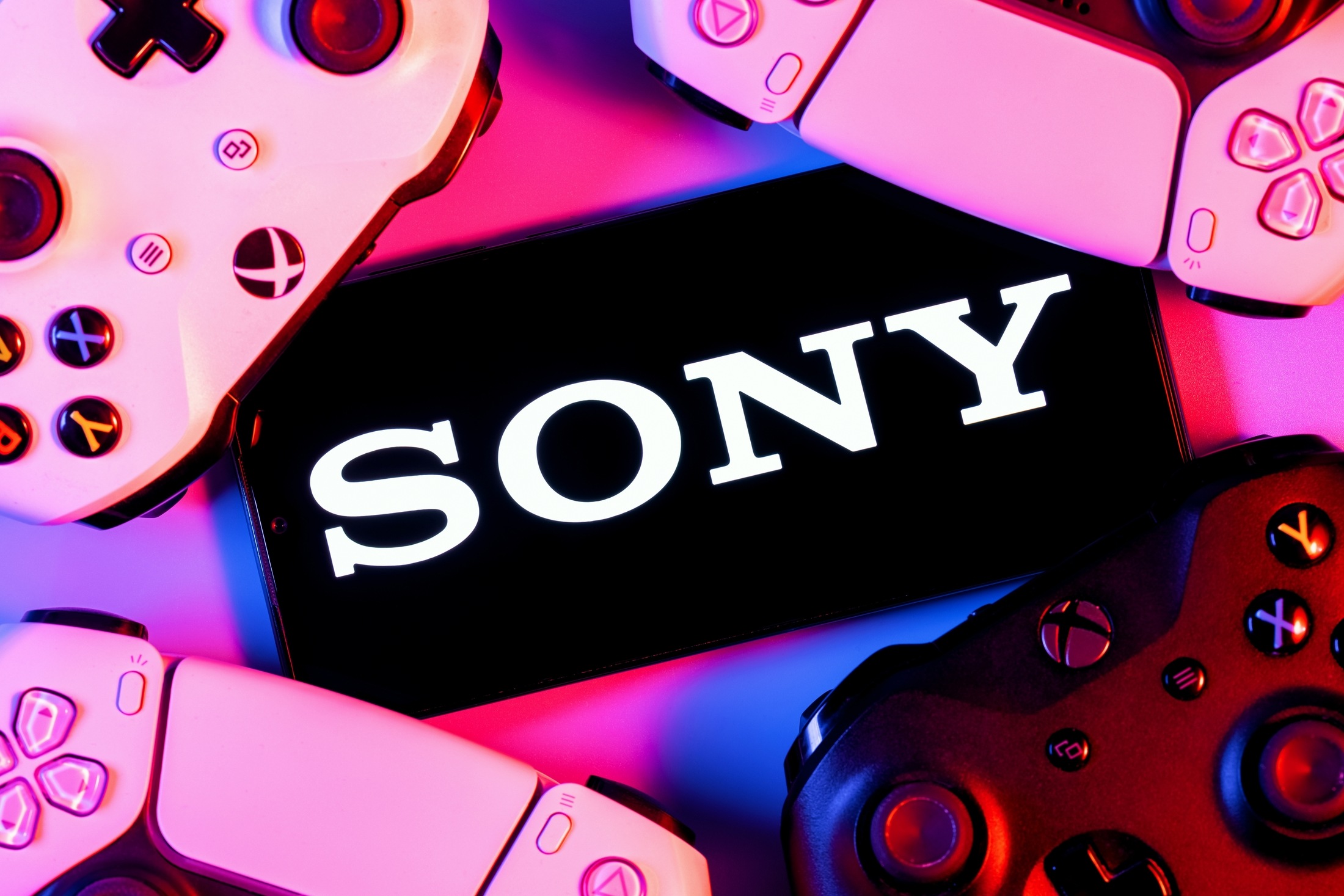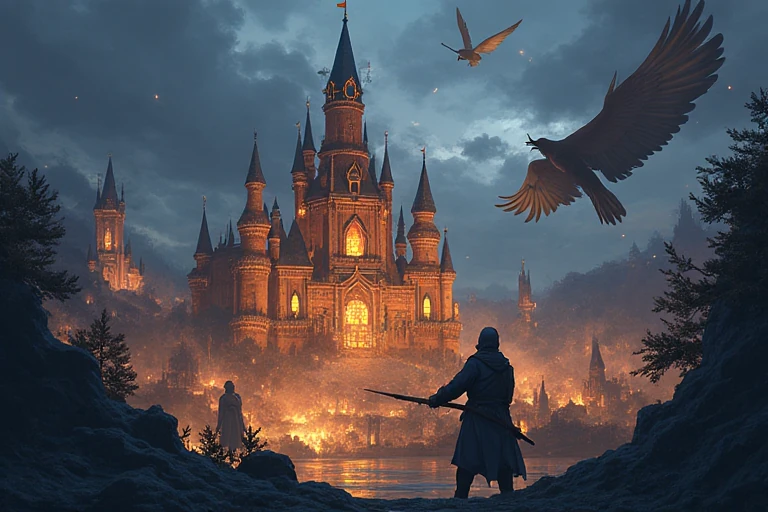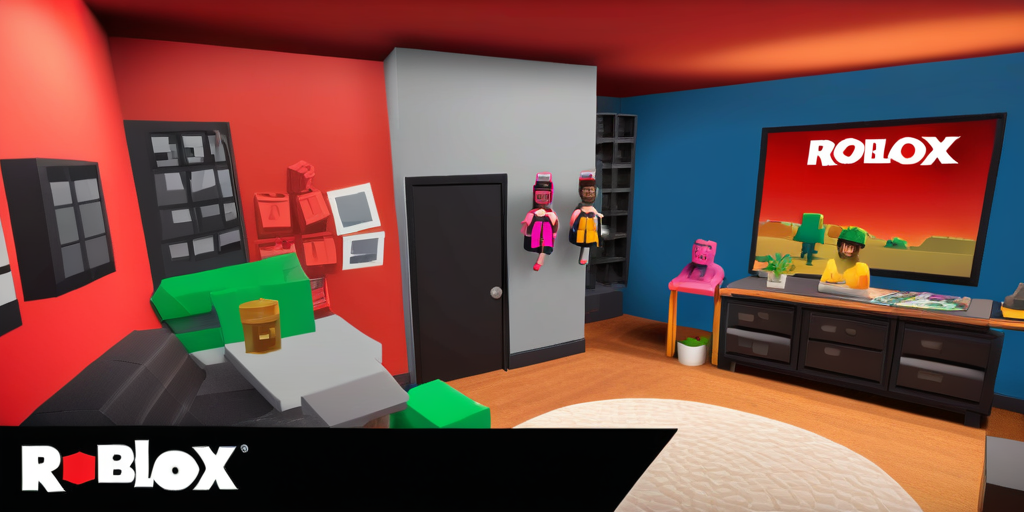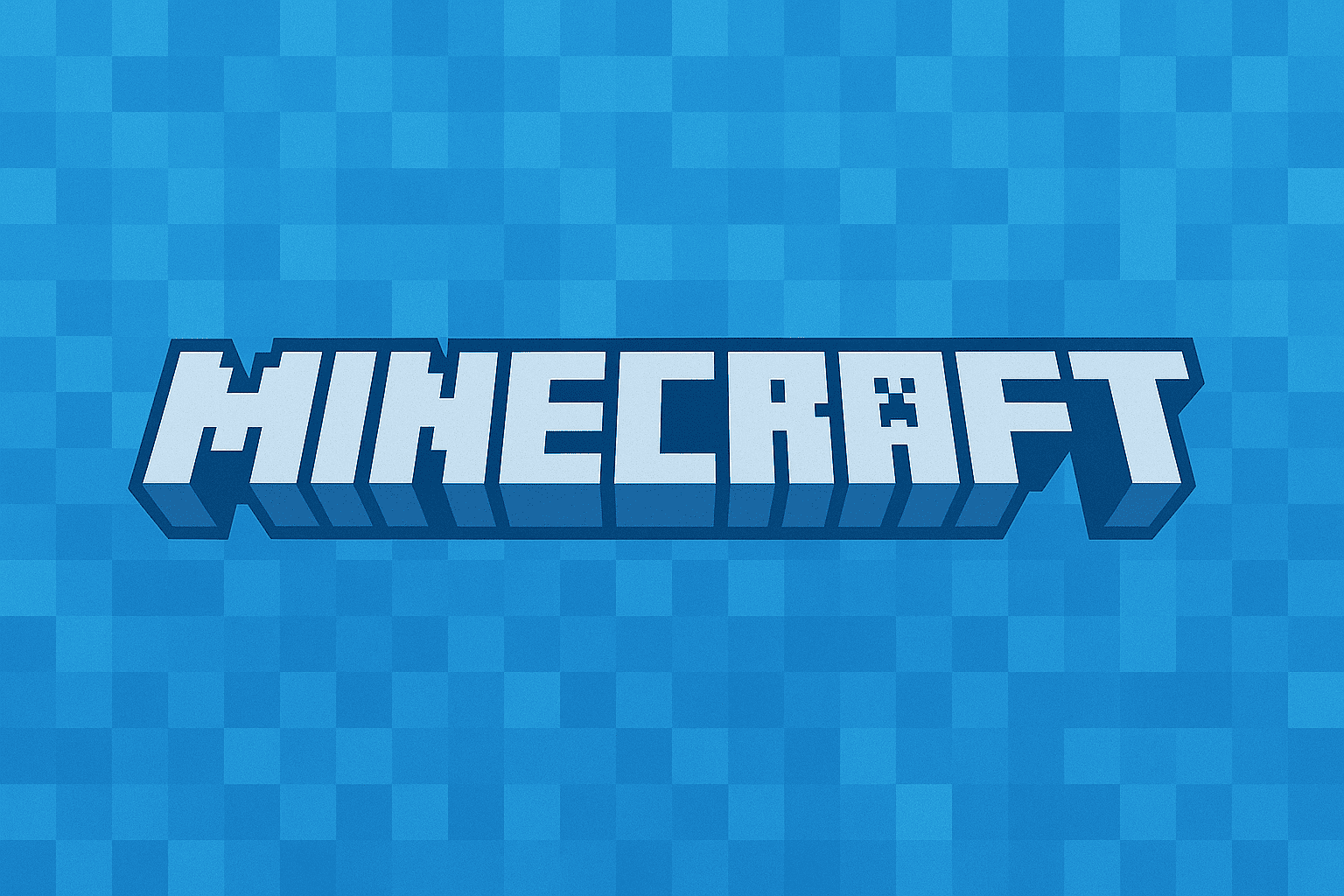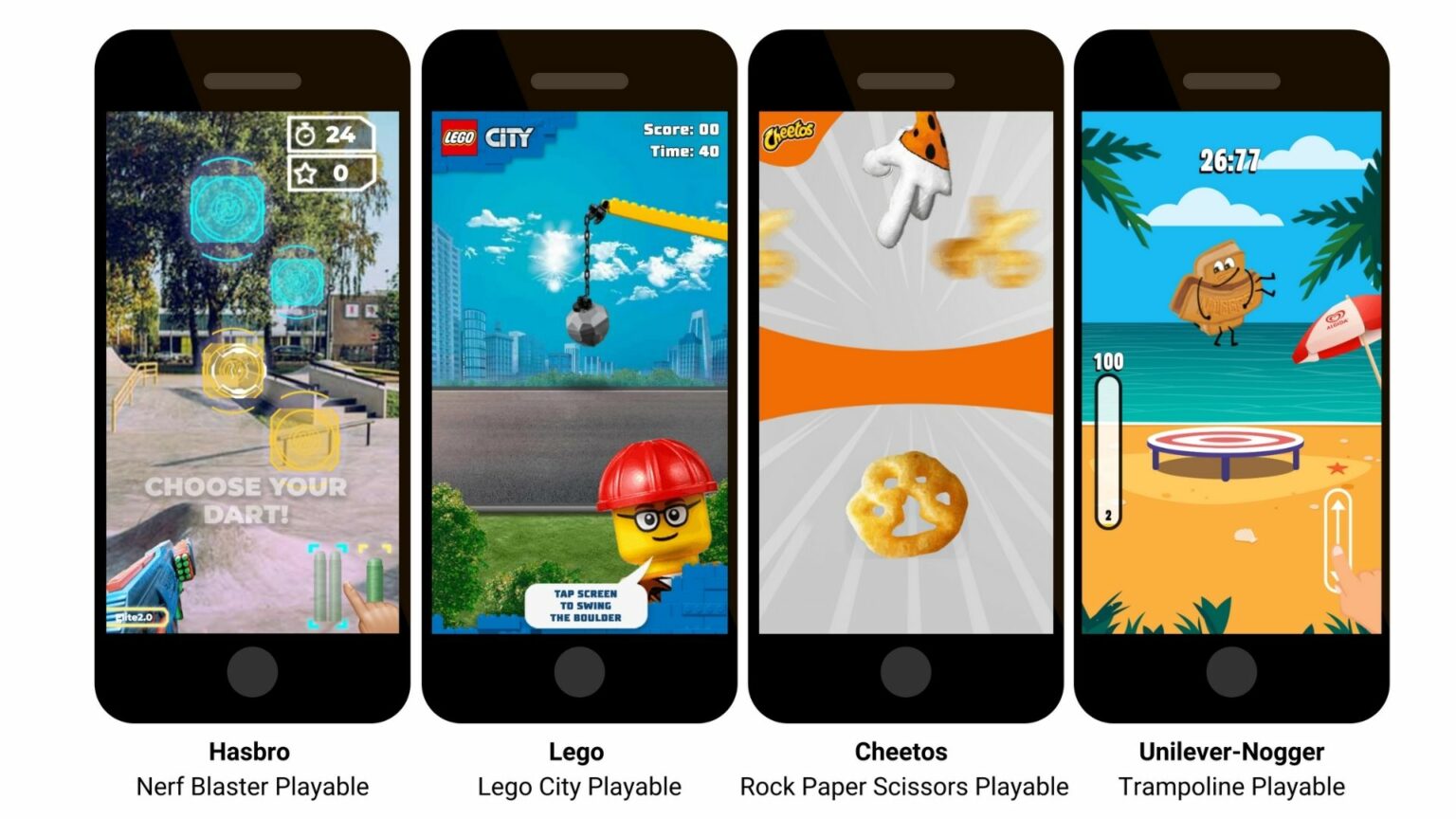Have you ever played a video game and wondered how it was made? Creating a game is a long and complicated process that can take months or even years of hard work by many people. The time it takes depends on several factors. We’ll explore how long game development typically lasts and what goes into making a game.
Games Come in Different Sizes

Before we talk about development time, it’s important to understand that games come in different sizes or “scopes.” A small, simple game made by just one person is very different from a massive game made by hundreds of people at a big company like Sony or Nintendo.
Small “Indie” Games
Small games, often called “indie” (short for independent) games, are made by just one person or a tiny team of people. Examples are games you can download cheaply or for free on your phone or computer. Since there are only a few people working on these games, they generally take less time – anywhere from a couple weeks to several months.
Bigger Games From Large Studios
On the other end of the spectrum are big, expensive games made by large game studios with hundreds of employees. Famous examples are games like Call of Duty, Grand Theft Auto, and Super Mario. These huge games can take several years to develop from start to finish.
So as you can see, there’s a wide range in how long it takes – from weeks to years – depending on the game’s size and complexity.
What Goes Into Making a Game?
No matter how big or small, all games go through certain key stages of development. Here are the main steps:
1. Coming Up With the Idea
Every game starts with an initial idea or concept. This could be a story, some characters, a setting, or a core gameplay mechanic. Sometimes this idea starts small but gets bigger as development continues.
2. Planning
Once there is a basic concept, the team does lots of planning and preparation. They flesh out the story, design gameplay systems, create concept art to show what the game will look like, and map out all the features they want to include.
3. Building the Game
With planning done, it’s time to actually start building the game itself. This involves creating 3D models, environments, characters, visual effects, sound effects, music, and coding to make everything work.
4. Testing
As pieces of the game get built, they need to be repeatedly tested to find and fix any bugs or glitches. Games go through multiple rounds of testing to make sure everything is running smoothly.
5. Polishing and Release
Finally, after all the main parts are built and tested, the team goes through a “polishing” phase to put the final touches on the game. This might involve tweaking gameplay, enhancing graphics, and fixing any remaining bugs. Once the game is polished and ready, it can be released to the public.
Developing a Game Is Like Building a House
Making a game is a bit like building a house. First you need the idea and blueprints (planning), then you gather all the materials and labor to construct it (building), followed by inspections and approvals to make sure it’s safe and functional (testing), with finishing touches applied at the end before people can live in it (polishing/release).
It Takes an Entire Team
While a single person can make a very small indie game alone, bigger games require a whole team of people with different specialized roles:
– Producers manage the overall project, keeping it organized and on schedule
– Game Designers create the gameplay systems and rules
– Artists draw concepts, create 3D models, animate characters, etc.
– Programmers write all the code that makes the game run
– Sound Designers create music, sound effects, and voice recordings
– Writers craft the game’s story and dialogue
– Testers methodically play the game to find bugs and glitches.
And those are just some of the main roles! On a huge game, you might have over 100 people filling jobs in all those categories.
Development Times by the Numbers
So how long exactly does it take to create a game from start to finish? Here are some typical timeframes:
– A very small indie game by 1-2 people: 1 month to 1 year
– A mid-sized indie game by a small team: 6 months to 2 years
– A big “AAA” game made by a major studio: 2-5 years
– The biggest and most complex games: 5-10 years!
For example, the original Super Mario Bros game for the Nintendo Entertainment System took about 6 months to make back in the 1980s. More recently, the blockbuster game Red Dead Redemption 2 took over 8 years and thousands of personnel to create!
Crunch Time – When Deadlines Loom
One thing that can extend development time is something called “crunch” – periods of intense overtime as a game nears release and deadlines start piling up. During crunch, the team might have to work nights, weekends, and extremely long hours to get everything finished on time.
Too much crunch can lead to burnout, making the game take even longer. So smart studios try to avoid excessive crunch by managing their schedules carefully.
Delays Can Happen
Despite all the planning and hard work, sometimes unexpected issues cause games to be delayed past their initial target release dates. Reasons could include:
– Bugs and glitches that need more time to fix
– Game systems that still need improvement and polish
– New features that get added part-way through development
– Changes requested by the publisher or platform holder (like Sony, Microsoft, etc.)
Giving the team more time helps them deliver a high-quality, polished game – even if it means a delay.
Early Access and Updates
For some games, the “release” process is stretched out over time. Many games launch in an “early access” state first, with just core features available while development continues. Players can buy and play these early versions, then get free updates over time as new content is added.
Games as a Service
Other games, like big online multiplayer titles, are treated as an ongoing “service.” Rather than having one big single-player story mode, these games get a steady stream of new updates, events, maps, and other content added over years. Developers keep teams working long-term to sustain the game for as long as it remains popular.
The Role of Game Engines
Many game developers use special software called “game engines” to help build their games. Popular game engines include Unity and Unreal Engine. Game engines provide a bunch of tools and technology that game creators can use as a head start. This can speed up development.
However, the development team still needs to spend a lot of time customizing the game engine to fit their specific game. They have to adjust things like:
- Graphics and art styles
- Character and world designs
- Gameplay rules and mechanics
- User interfaces
- Audio systems.
Using a game engine acts like a shortcut, but teams still have to tailor the engine for their game’s unique needs.
Prototyping and Iteration
Before full development starts, game creators go through cycles of prototyping. A prototype is like a super rough draft version of the game. Developers build these quick prototypes to test out gameplay ideas and mechanics.
Prototyping allows the team to try out different approaches. They can see what works well and what needs improvement. It’s a way to refine the core gameplay experience before committing lots of time to final development.
The prototyping process lets developers:
- Experiment with different gameplay systems
- Get feedback from testers and players
- Identify which ideas are fun and which need changing
- Revise and iterate on the gameplay mechanics.
Prototyping helps make sure the final game turns out as fun and engaging as possible.
Motion Capture and Voice Acting
For games with realistic character animations and dialogue, the developers have to do motion capture and voice recording sessions.
Motion capture involves having real people act out character movements and expressions while wearing special motion sensor suits or gear. This motion data gets recorded and applied to the animated characters in the game.
Voice recording is when voice actors perform all the spoken lines and vocals that characters say during gameplay and cut-scenes.
This motion capture and voice work is very time-consuming. It often requires:
- Multiple recording sessions to get enough data
- Hiring professional actors and motion performers
- Lots of editing and processing of the captured footage.
Sometimes developers have to redo capture sessions if the initial results don’t look or sound right. This adds extra time to the schedule.
Managing Game Scope
One big challenge in game development is something called “scope creep.” This is when the game keeps growing bigger and bigger over time as new features and ideas get added.
If the scope gets too big, it can really slow everything down and delay the entire project. So it’s important for development teams to carefully manage the game’s scope from the start.
Here are some ways the scope can inflate:
- Designers keep coming up with cool new gameplay mechanics to implement
- Artists want to create more detailed graphics and animations
- Managers decide to add extra levels, modes, or storylines
- Programmers have to build extra systems to support added features.
The planning team has to prioritize and decide which new ideas are truly essential and which can wait for future updates. They use tools like:
- A centralized “priorities” list to track requested changes
- A locked “primary” feature set that can’t expand further
- Constant communication between all disciplines to align on the current scope.
With good scope management, the game stays on schedule without getting overloaded.
Documentation is Critical
Since making a game is such a huge team effort over many years, it’s extremely important to maintain thorough documentation every step of the way. Keeping good documentation:
- Preserves knowledge across teams and over time
- Allows new team members to get up to speed quickly
- Provides a central reference for the game’s designs and plans
- Tracks progress, changes, and outstanding tasks.
Here are some key documentation pieces game developers use:
| Document | Purpose |
|---|---|
| Game Design Doc | Outlines the overall vision, gameplay, story, characters, etc. |
| Art Design Doc | Reference for art style, character designs, environments, etc. |
| Technical Design Docs | Specifications for coding, engineering, and technology used |
| Level Design Docs | Maps out the layouts for each game world and level |
Without clear documentation, important details can get lost or miscommunicated. So documentation has to be an ongoing priority!
The Publishing Pipeline
In addition to just the game development cycle, game publishers also have to budget lots of time for the full publishing pipeline both before and after a game’s release, including:
Before Release:
- Manufacturing processes to print game discs/cartridges
- Coordinating distribution and delivery logistics
- Marketing campaigns – ads, trailers, demos, etc.
- Submissions and approval processes with platform holders like Sony, Microsoft, or Nintendo
- Product packaging and retail preparation.
After Release:
- Supporting the game with updates, patches, and new content
- Monitoring game performance, player feedback, and quality assurance
- Coordinating sales, promotions, and other marketing efforts
- Planning for potential sequels, spin-offs, or related game series.
The full publishing pipeline involves a complex sequence of operations beyond just core development. Both have to be carefully scheduled.
So in Summary…
As you can see, making even a simple game takes significant time and effort. Bigger games become truly massive undertakings by large teams over several years.
While development may seem like it moves slowly at times, game creators have to balance getting games done efficiently while still maintaining high quality. A rush job rarely makes for a great game! So next time you boot up that favorite game of yours, remember all the hard work from game developers that went into creating it.



